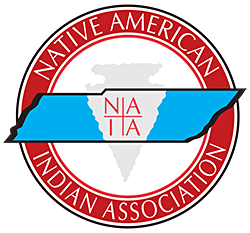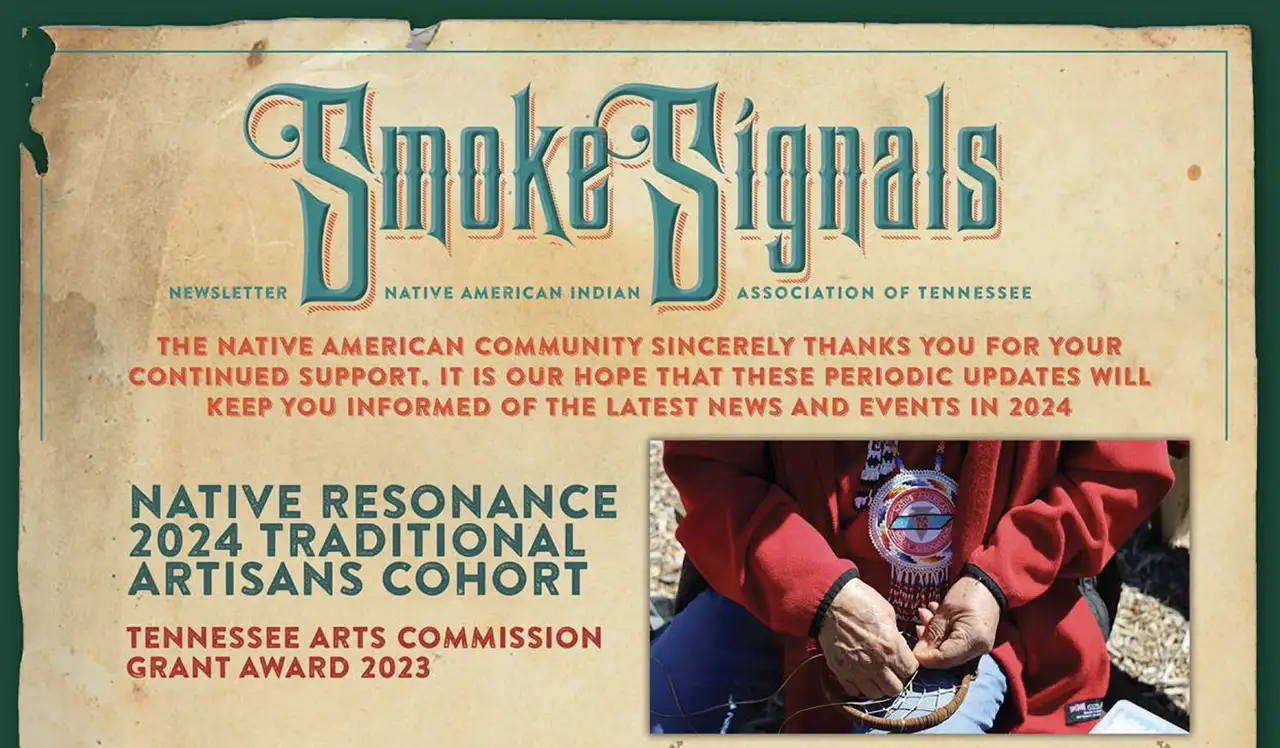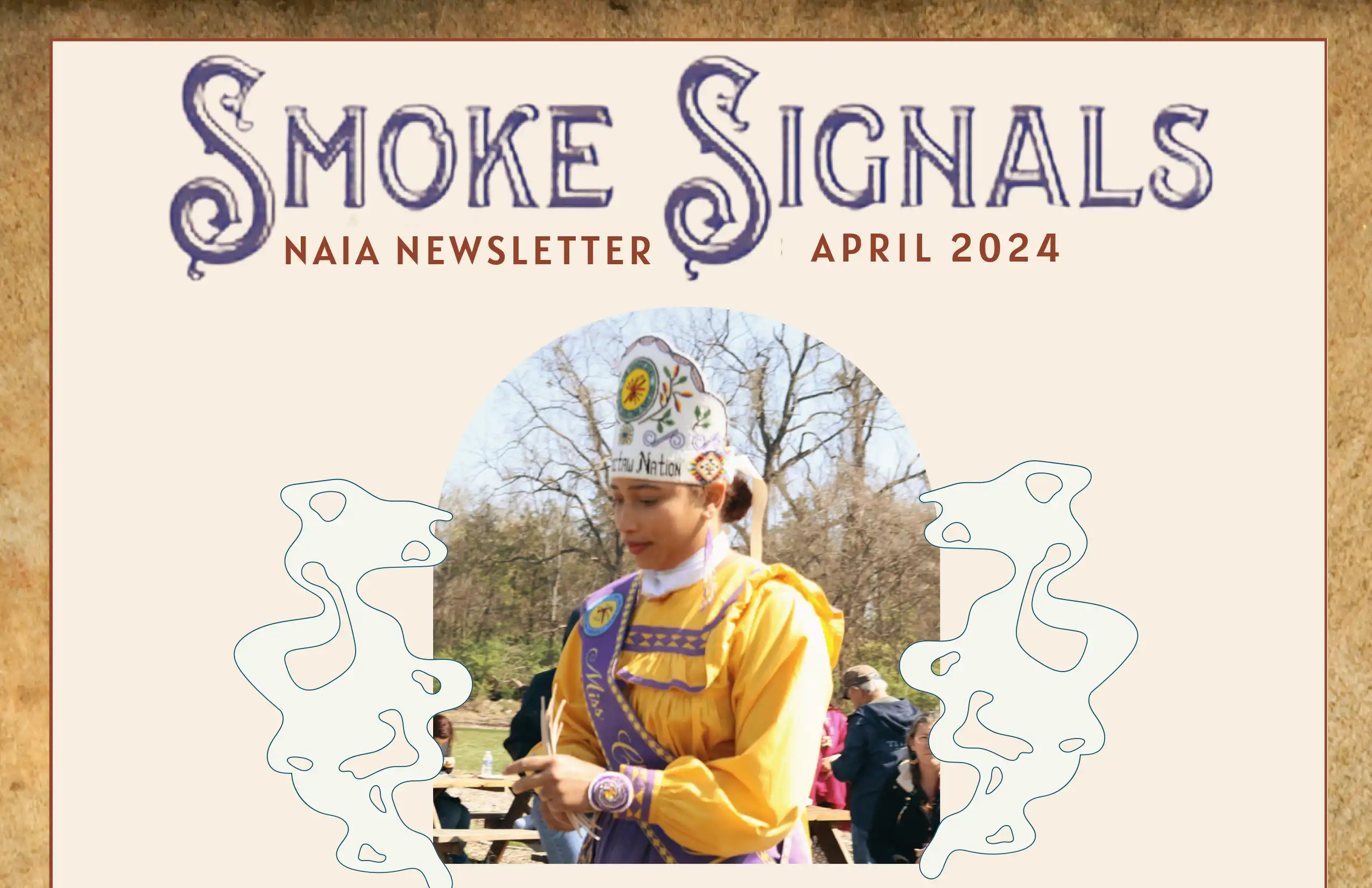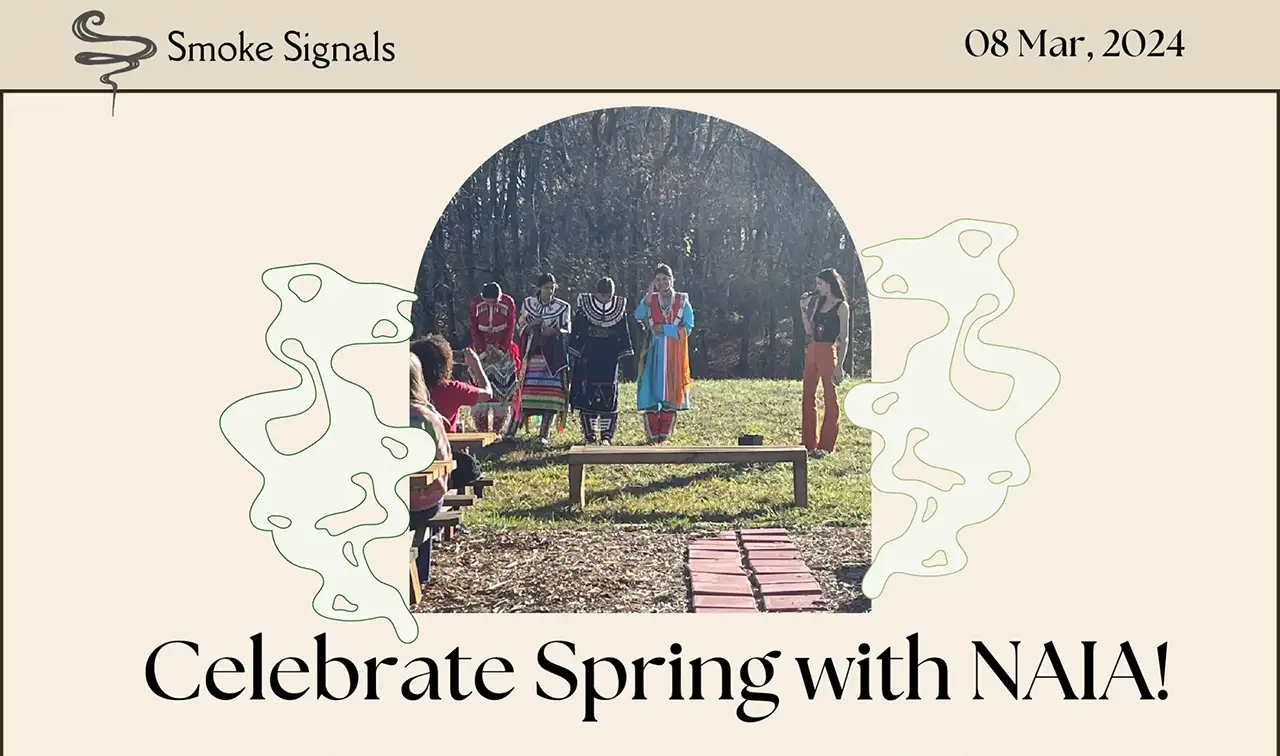The People Issue 2024: Artist and Advocate Sally Wells
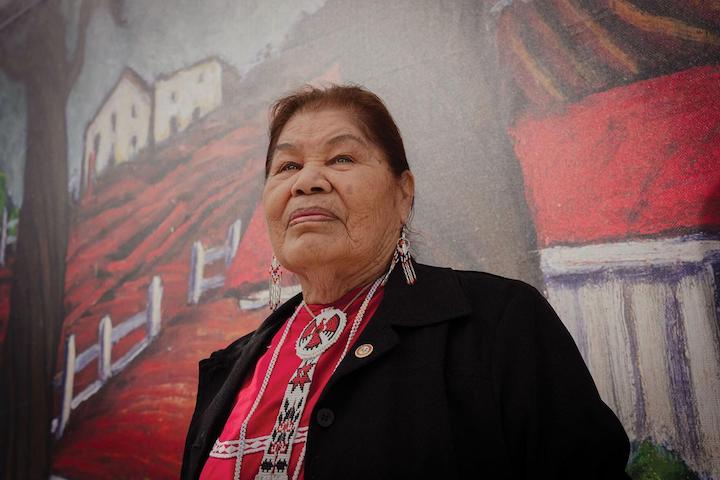
“When Sally Wells prays, it’s always in Choctaw.
“Nobody ever asks me what I say,” she says in the courtyard of the Frist, where she often leads land acknowledgements before events. Last month, at the invitation of Rep. Justin Jones (D-Nashville), Wells became the first Indigenous person to open a session of the Tennessee House of Representatives, where she opened with a Choctaw prayer. “It’s whatever comes to my heart. It just pops in my mind, what I need to say. It goes all the way through my heart, and everything I say comes from somewhere else.”
Wells has lived in Nashville since the 1980s, but she originally lived on the Mississippi Band of Choctaw Indians Reservation in Bogue Chitto, Miss. Both her parents spoke Choctaw, and they raised their family — six daughters and one son — with Choctaw traditions.
“In Choctaw, beading is part of family,” says Wells, a prolific bead artist. “As I was growing up, maybe 6 or 7 years old, there were six of us girls, so we had to be doing something. That’s the age when your parents feel like you need to start learning things, so you can take care of yourself when you’re older.”
As she talks about her family, Wells begins to pull about a half-dozen boxes from an oversized blanket tote, opening each to reveal brightly colored beaded jewelry. Some pieces are earrings and necklaces, while others defy categorization as simple necklaces. These are more like beaded chest plates or embellished collars. The small seed-sized beads are threaded in specific color combinations, and some are completely transparent.
She explains how she designs her work. “You have to kind of dream up and envision what you want to make — that’s your pattern.”
“When I touch the beads,” she says while demonstrating, putting her hand near her heart to feel her own necklace, “I feel my family. When I start sewing, I forget about everything outside. I’m just doing it.”
“On the reservation, anything you do you have to go through the government, and the government decided that we could leave the reservation if we wanted.” The families that didn’t want to farm often moved to California, Illinois or Texas. But Wells’ family was made up of farmers who wanted to continue farming, and when Wells was 12 or 13, her parents decided it was time to leave the reservation. They settled with six or seven other families in Ripley, Tenn., about an hour northeast of Memphis.
It was also in Ripley where Wells later met her husband, Bill, who was doing contract work for the government after serving in the Army. They married six months after they began dating, then moved to East Tennessee for a time, before ultimately settling in Nashville with their two girls. It’s here that Wells became a founding member of the Native American Indian Association of Tennessee in 1981. The intertribal organization began as a way for Natives to connect with other Natives, who were often members of different tribes and had different traditions.“I never knew any Indians around anywhere. Even if they were here, I didn’t know them. There are different tribes, different languages. We just wanted to get everyone together, and maybe have a picnic or something.”
From those humble beginnings, a large organization was built. The NAIA provides a wealth of services to local tribal members, and Wells serves as the organization’s president as well as the coordinator for the arts and crafts demonstrators at the NAIA powwows.“NAIA is part of me,” she says. “Anything we do, we have to do it together.”
The NAIA is currently raising funds to build a permanent community center, the Circle of Life Indian Cultural Center. Its mission is to create space for the more than 25,000 full-blooded Native Americans and 42,000 others with Native American heritage who live in Tennessee. For more information — including plans for the cultural center — and to make donations, visit naiatn.org.
Written by Laura Hutson Hunter with the Nashville Scene on March 7, 2024.
